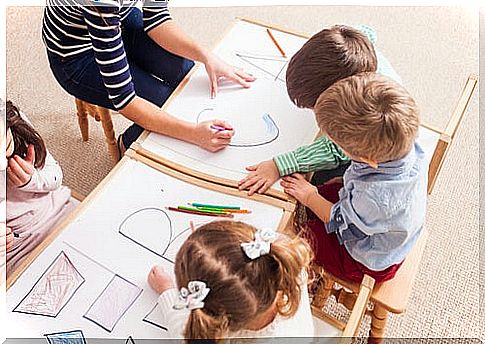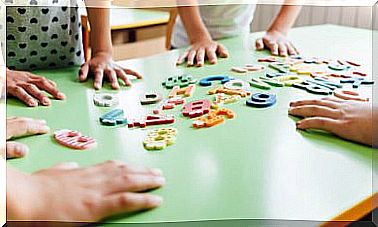Scaffolding In Education

Scaffolding in today’s educational environment is a strategy based on the need for support from teachers to ensure that students learn more and better.
Both the psychologist Lev Vigostki and the psychologist and pedagogue Jerome Seymour Bruner used the term scaffolding to explain how it is possible for children to understand school content with the help of others. In fact, it was Bruner who compared the construction of people’s minds to that of buildings.
The origins of the scaffolding concept
There are theories and authors that throughout history have tried to explain how people learn. Many of them conceive the learning process as an interaction between the teacher and his students with the aim that the latter achieve not only memorize the knowledge, but also understand it and be able to use it.
With which, the different theories have used concepts and terms to explain how it is and how it should be, and what functions teachers and students must fulfill in a teaching-learning process, a process that is conceived as active, capable of developing the potentialities of the students. students without considering them passive recipients of knowledge.

Lev Vigostki, a Russian Jewish psychologist, developed a theory of learning in which one of its central concepts is that of ZPD, “zone of proximal development”. This concept allowed Vigostki to explain the distance that exists between a student’s actual or actual development level and his potential level of development. That is, the distance between what a student can do on their own and what they would be able to do with the help of a more capable adult or person.
In turn, in relation to the difference that exists between the two levels of competition called ZDP, Vigotsky used the term ‘scaffolding’. With the term ‘scaffolding’ the author explained precisely the temporary support that can be provided to children, adults, parents or teachers, so that they cross the zone of proximal development.
Vigostky’s theory and his concepts of ZPD and scaffolding were later taken up and developed by authors such as Jerome Bruner.
Scaffolding in the educational field: concept, objectives and functions
We have already mentioned that the term ‘ scaffolding’ in education refers to a form of temporary support that a teacher provides to his students. Being more specific, we could say, then, that scaffolding in the educational field is about a guided learning process. This is a way to facilitate skill development.
The main objective in this guided form of learning is that students can progressively build cognitive structures and skills. And this would not be possible without an orientation and planned accompaniment of their educators. Scaffolding, therefore, is intended to develop the self-regulatory capacity of students.
Considering its meaning and its objectives, the functions that a scaffolding in the educational field fulfills are the following:
- Provides help, support, information, guidance, support in learning and homework.
- It encourages learning and reduces stress and frustration in the face of the unknown or seemingly difficult.
- It facilitates models of approach to the contents that can be used with later and new ones.
- It allows to achieve objectives that could not be achieved autonomously.

The role of the educator in a scaffolding process in the educational field
We must not forget that in a learning process conceived on the need for scaffolding, the student is the main protagonist. However, the role of the educator is fundamental.
The teacher is the one who has the responsibility of planning the necessary scaffolds according to the specific learning activities. Thus, in this way, it makes it easier for students to understand the content significantly. Scaffolds can be the following:
- Support in the tasks introducing new materials considering their previous knowledge.
- Motivation in the face of new challenges and learning.
- Activities that reinforce, expand, introduce, clarify the knowledge to be learned.
- Various strategies to address content, both for its reception, preparation, and production. We refer to: concept maps, charts, images, summaries, tables, graphs, glossaries, timelines, diagrams, etc.).
Ultimately, what it is about is that the student learns through the construction of his own knowledge and that it is his teacher who accompanies and guides him on the path of learning.
As Vigostki expressed it, “the teacher must adopt the role of facilitator and not provider of content” , to achieve a learning that, according to him, “is like a tower that must be built step by step”.










